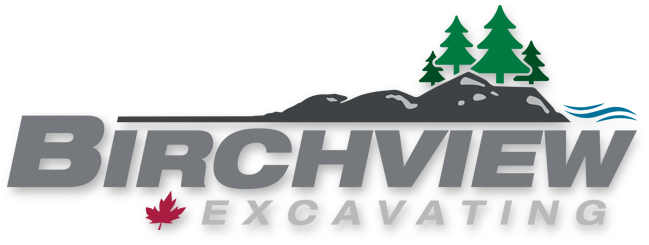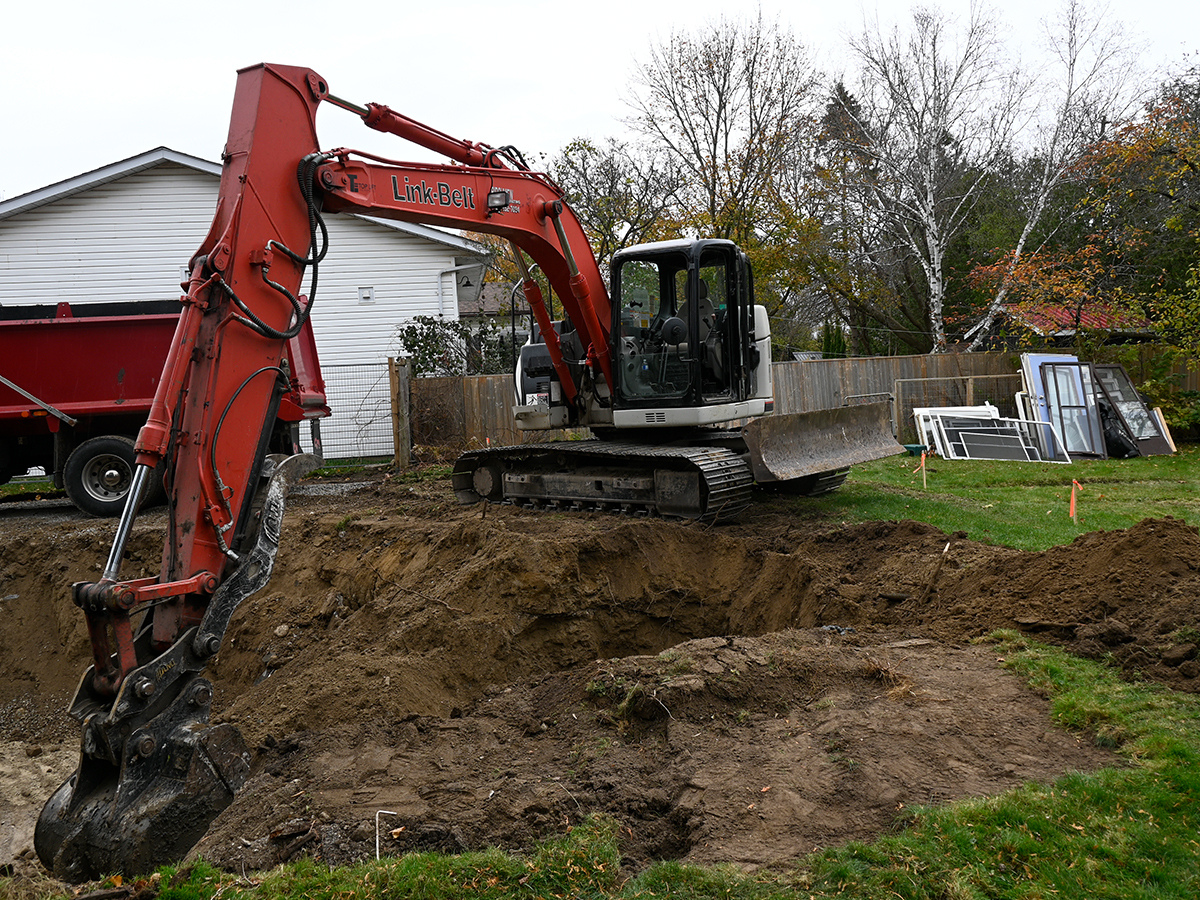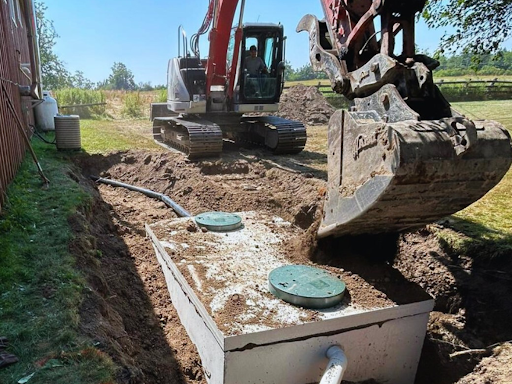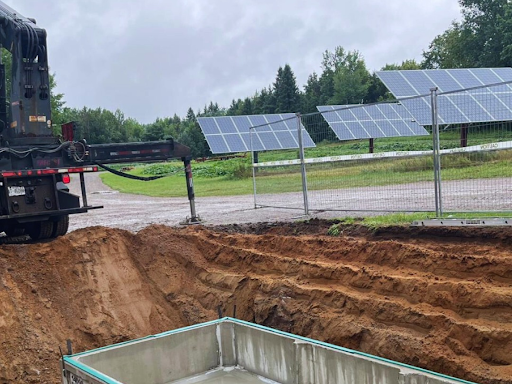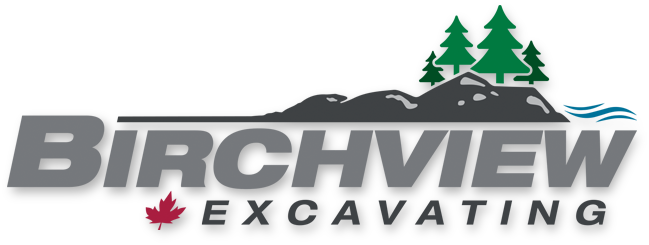How to Install a Septic System? Step-by-Step Guide
Installing a septic system is a critical step for any property without municipal sewage. At Birchview Excavating, hands-on expertise ensures the septic system is installed safely and efficiently. Knowing how to install a septic system correctly can prevent costly repairs, protect your property, and maintain clean water flow.
This comprehensive guide covers every step of the installation process, from site preparation to system maintenance, providing homeowners with clear instructions and expert insights to feel confident and informed. Following proper installation techniques also ensures your septic system operates efficiently for many years, while meeting all local regulations and safety standards.
Step 1: Understanding How Your Wastewater System Works
A septic system safely manages wastewater from your home. It typically consists of:
- Septic Tank: Holds and begins treating wastewater. It separates solids from liquids to start the treatment process.
- Drain Field (Leach Field): Disperses treated water into the soil. This allows the water to naturally filter through the ground.
- Pipes & Filters: Direct water from home to tank and field. They ensure smooth flow and prevent blockages in the system.
Correct installation is essential for lasting performance and avoiding expensive repairs. Improperly installed systems can lead to issues such as soil contamination, water damage, and structural problems, emphasizing the importance of following proper procedures and professional guidance.
Step 2: Preparing Your Property
Before installation, follow these steps:
- Soil
Testing: Determines soil type and absorption rate. Proper testing ensures the system will function efficiently.
- Site Selection: Keep tanks and leach fields away from water sources. Choosing the right location prevents contamination and system issues.
- Obtain Permits: Local authorities in Douro-Dummer require septic permits. Securing permits ensures compliance with local regulations.
- Utility Marking: Call Ontario One Call to locate underground utilities. This prevents damage to existing pipes, cables, or other infrastructure.
Tip: Always check local regulations and property layouts carefully to prevent delays during installation.
Step 3: Choosing the Right Septic System
Septic systems vary depending on soil, household size, and property layout. Common types include:
- Conventional Tank & Leach Field: Ideal for most homes with standard soil. This system has a simple design and is cost-effective.
- Mound System: Best for properties with poor drainage or a high water table. It requires an elevated soil mound for proper wastewater treatment.
- Aerobic Treatment Unit: Suitable for small lots or sensitive areas. This system treats wastewater to a higher standard before releasing it into the environment.
Local relevance: In Douro-Dummer, conventional tank and leach field systems are the most common due to soil conditions along the Crowe River.
Step 4: Excavation and Site Preparation
Excavation is a critical step that requires heavy equipment and precision:
- Mark the layout based on your approved plan. Accurate markings ensure the system fits the property correctly.
- Excavate trenches for the leach field and space for the septic tank. Proper trench depth helps maintain efficient wastewater flow.
- Ensure slopes allow gravity flow from house to tank and from tank to leach field. Correct slopes prevent backups and system malfunctions.
- Inspect soil compaction to avoid future settling. Well-compacted soil supports the tank and maintains long-term stability.
Step 5: Installing the Septic Tank
- Place the tank on a level bed of sand or gravel.
- Connect the inlet pipe from the house and the outlet pipe to the leach field.
- Use watertight seals to prevent leakage.
- Backfill carefully around the tank to avoid shifting.
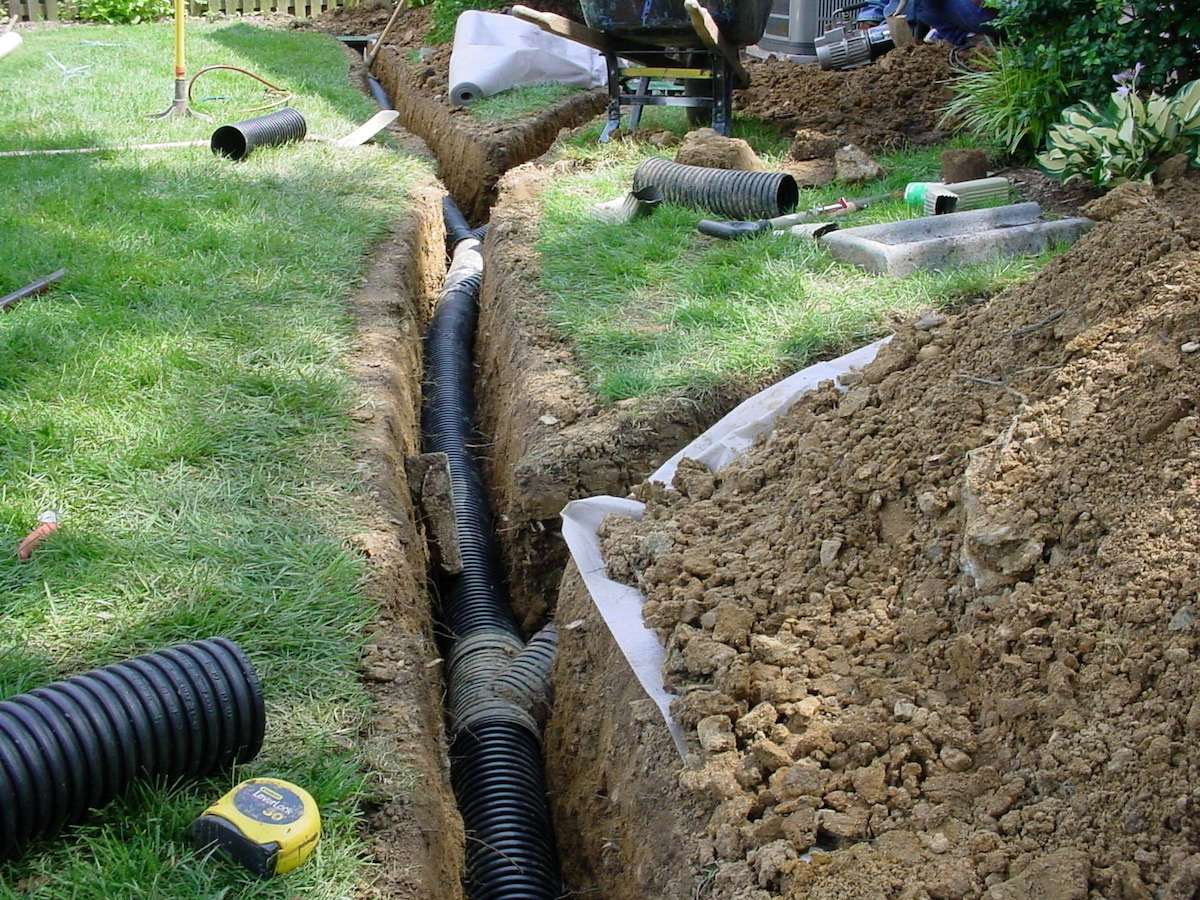
Step 6: Installing the Drain Field
The leach field distributes wastewater safely into the soil:
- Lay perforated pipes along the trench.
- Cover pipes with gravel and geotextile fabric.
- Backfill trenches without compacting excessively.
- Ensure proper slope to maintain flow.
Step 7: System Inspection and Approval
After installation:
- Schedule an inspection with your local health unit.
- Verify that all pipes, tanks, and drain fields meet code.
- Receive approval before covering tanks and trenches.
Guidance through this step ensures compliance with regulations and long-term system safety.
Step 8: Maintaining Your Septic System
Proper maintenance extends the life of your system:
- Pump tanks every 3–5 years.
- Avoid flushing chemicals or non-biodegradable items.
- Check for leaks or pooling water around the drain field.
- Keep heavy equipment off the leach field to prevent soil compaction.
Common Questions About Home Wastewater Systems
1. How long does it take to install a septic system?
Installation typically takes 3–7 days, depending on system type and property conditions. Preparing the site properly can help keep the project on schedule.
2.Can I install a septic system myself?
DIY installation is possible but risky. Professional services ensure compliance with Ontario regulations. Hiring experts reduces the chance of mistakes and code violations.
3. How much does a septic system cost?
The cost depends on factors such as tank size, system type, property layout, and excavation requirements. Planning ahead helps homeowners budget accurately for installation and maintenance.
4. How often should a septic tank be pumped?
Every 3–5 years for average-sized households. Larger families may require more frequent pumping. Regular pumping prevents clogs and extends the system’s lifespan.
5. What are signs of a failing septic system?
Pooling water, slow drains, foul odors, and lush grass over the drain field. Early detection can prevent costly repairs and environmental damage.
6. Is a permit required for septic installation?
Yes, all septic installations in Douro-Dummer require local permits and inspection approval. Obtaining permits ensures the system meets local safety and environmental standards.
Keeping Your System Running Smoothly
Installing a septic system requires careful planning, excavation expertise, and compliance with local regulations. Professional guidance from Birchview Excavating ensures the septic system installed safely and functions efficiently.
Proper installation not only prevents costly repairs but also protects the surrounding environment and maintains clean water flow. Following recommended practices and regular maintenance helps extend the system’s lifespan and ensures consistent performance. Contact the team today to schedule a consultation and secure a reliable wastewater solution for your home.
